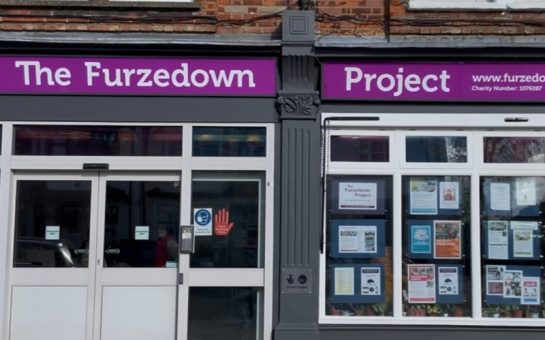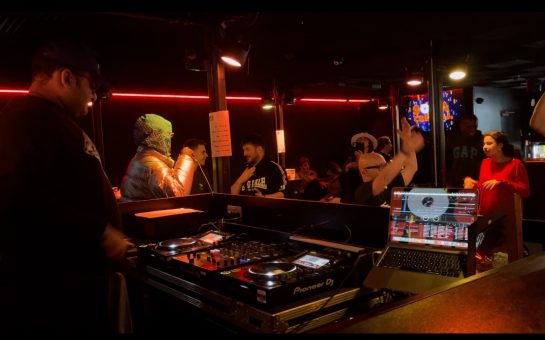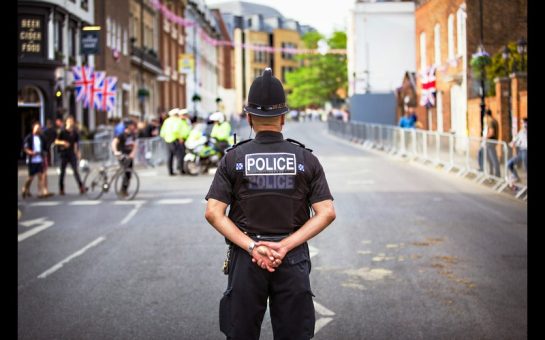Black and minority ethnic people are more than twice as likely to go missing as white people in Wandsworth, statistics exclusively obtained from the Metropolitan police reveal.
The figures show there were an average of 890 cases of missing persons per 100,000 Black, Asian, and minority ethnic (BAME) people reported to Wandsworth police between 2013/14 and 2015/16, compared to 402 per 100,000 white people.
This shocking statistic forms part of a wider picture painted by the data of racial inequalities among people reported missing in south west London.
In neighbouring boroughs Merton and Lambeth, cases of missing people were around 70% higher in BAME groups than among those from white backgrounds.
And in Croydon, the number of BAME people reported missing surged by a terrifying 74% in one year between 2014/15 and 2015/16, up from 1,935 to 3,359.
Over the same period, the number of cases involving white people increased 26% from 1,990 to 2,505 in Croydon, which had more missing people instances than any other borough.
“There are a lot of different things sitting underneath these statistics,” said Lucy Holmes, research manager for charity Missing People.
She said that children in care — who are more likely to be from ethnic minority backgrounds — are at much higher risk of going missing than other children, adding that Croydon has a large number of children’s homes.
Children under the age of 18 make up two-thirds of missing people incidents and the risks are particularly high among teenagers.
“There are also very strong links between gang activity and people going missing, as gangs will often use young people who are essentially exploited and groomed to sell drugs for them,” she said.
“Those children can be coerced and forced into illegal activity and they often show up as missing.”
The reasons behind adults going missing are very different with mental health often playing a role, Ms Holmes explained.
Across London, the total number of people reported missing to the police increased by 27% between 2013/14 and 2015/16.
The Met said that was down to the addition of people registered as ‘absent’ to the figures in 2014, who might previously not have been recorded in the same data.
A spokesperson said: “The Metropolitan Police Service treats all cases of missing people seriously.
“We have well established processes and policies and will do everything within our control to work towards their safe return.
“In addition, the MPS works closely with our partners and charities to continually review and improve procedures and investigative methods.”
Ms Holmes said that numbers of missing people have fluctuated over the last 10 years and did not feel the increase was part of a long-term trend.
Wandsworth Council were approached, but said they were not qualified to make a comment on the figures.
Croydon Council were also contacted, but at the time this article was published they had not responded.
Per capita statistics use calculations based on demographics data supplied by the GLA in 2013 and population data from 2015 so are only approximates, but changes in the last three years are unlikely to have significantly changed the racial bias.
It should also be remembered that the figures show instances of missing people and do not count the number of different individuals who were reported missing.
Missing People’s free and confidential helpline can be reached by call or text on 116 000 24/7.
Picture courtesy of wumastawu, with thanks




